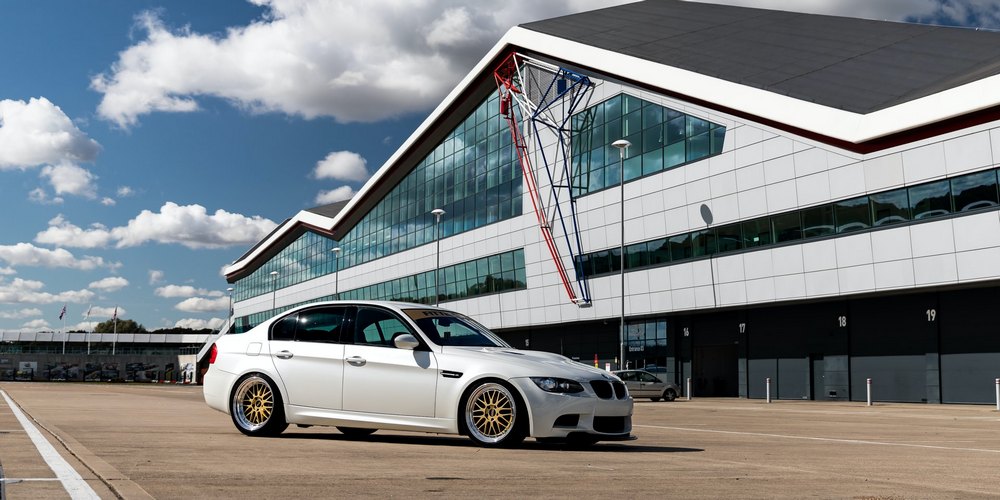The Silverstone circuit in Britain has a strong touch of militarism. It is striking for its large expanses and the hum of the engines, spreading across the plains for miles. During the war the airfield at Silverstone was home to the U.S. and British air armies. Hundreds of strategic four-engine bombers took off from here toward enemy shores to achieve hegemony in Europe for their creators. Now the battle for leadership between European nations is being waged on the very soil of Silverstone.
In 1948, when the Americans moved their armies across the ocean, the Royal Automobile Club was looking for a place to set up a driving range. Silverstone suited as best as possible. Excellent concrete lanes with flat pouring could accept any high-speed cars. The first races were held here in 1948 directly on the runways airfield among the planes, fuel barrels and other military stuff. The track looked like an hourglass and allowed relatively high speeds. The first British Grand Prix took place as early as 1950. In the same year at Silverstone were held and competitions newly created Formula 1. The “royal” race received the attention of King George VI and Queen Elizabeth. It was the first and only time in the history of Silverstone.
Now, the configuration of the track has changed. It is laid outside the concrete runways of the airfield and runs along the former auxiliary taxiways. Only on some high-speed sections, it enters the former “concrete runways. This configuration seemed more interesting for racers and technical services. The length of the Formula 1 circuit has never exceeded 6 km. and ran very compactly, so that the marshals could reach any end of it within a few minutes. The track is 13 meters wide, opening up great opportunities for overtaking.






